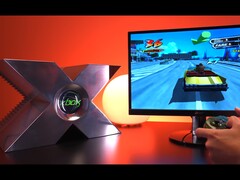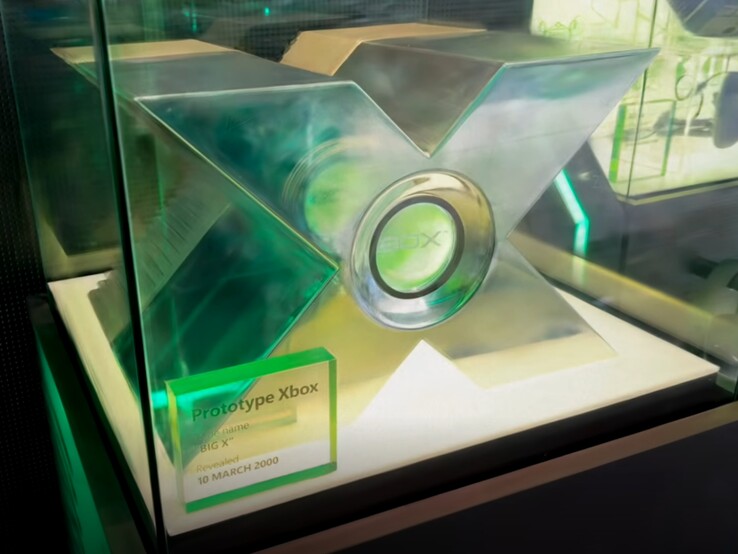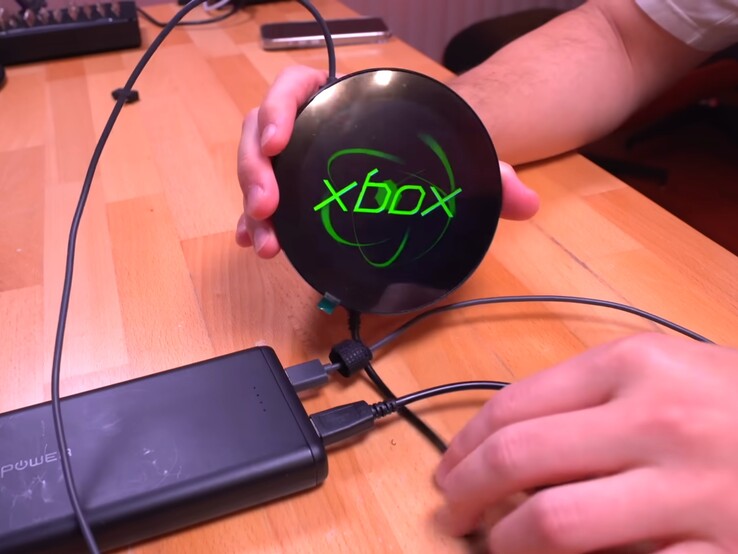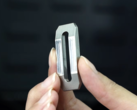The year is 2000. Microsoft, best known for Windows and PC software, was preparing to make a bold move into gaming. A massive aluminum X with a glowing green core was unveiled – an eye-catching prototype of the original Xbox. Though it wasn’t functional, it served as a striking marketing symbol that set the console apart from traditional PC designs. Building it reportedly cost around $18,000 at the time.
Twenty-five years later, the Xbox prototype has returned – this time as a fully functional console. US tech YouTuber Tito Perez, known for his channel Macho Nacho Productions with over 380,000 followers, has faithfully recreated the iconic design in playable form. Perez invested more than $6,000 in the project, with $5,623 spent on CNC-milled aluminum parts produced by PCBWay. The case features a two-tone finish: matte on the back and a hand-polished, high-gloss front refined to a 5,000-grit shine.
The dimensions were digitally replicated using the original prototype on display at the Microsoft Store in New York as a reference. CAD expert Wesk handled the 3D design, faithfully preserving the prototype’s distinctive shape. Inside, genuine Xbox hardware powers the system, though it has been heavily modified. The power supply was replaced with USB-C, while an HDMI mod kit and a SATA SSD provide modern visuals and faster load times. One limitation remains – the replica can’t play physical game discs.
Highlight: The glowing jewel now functions as a display
The glowing “jewel” at the center of the aluminum X – originally just a piece of green plastic lit from within – has been upgraded to an animated LCD display. Powered by a Raspberry Pi Pico (available for about $12 on Amazon), it now plays a custom Xbox logo animation when the console starts up. Looking ahead, the replica is expected to appear at retro events and gaming expos, bringing a piece of gaming history back into the spotlight.
Fans are asking for the CAD files
In the comments below the video, viewers are amazed, praising Macho Nacho for his meticulous attention to detail and the impressive craftsmanship behind the build. Many also expressed a wish for the CAD files to be released, hoping to recreate the prototype themselves. Given the high cost of the aluminum version, most are likely considering a more accessible route – 3D printing the case and pairing it with a display and a Raspberry Pi to capture the same iconic look at a fraction of the price.
Source(s)
Macho Nacho Productions via YouTube


















